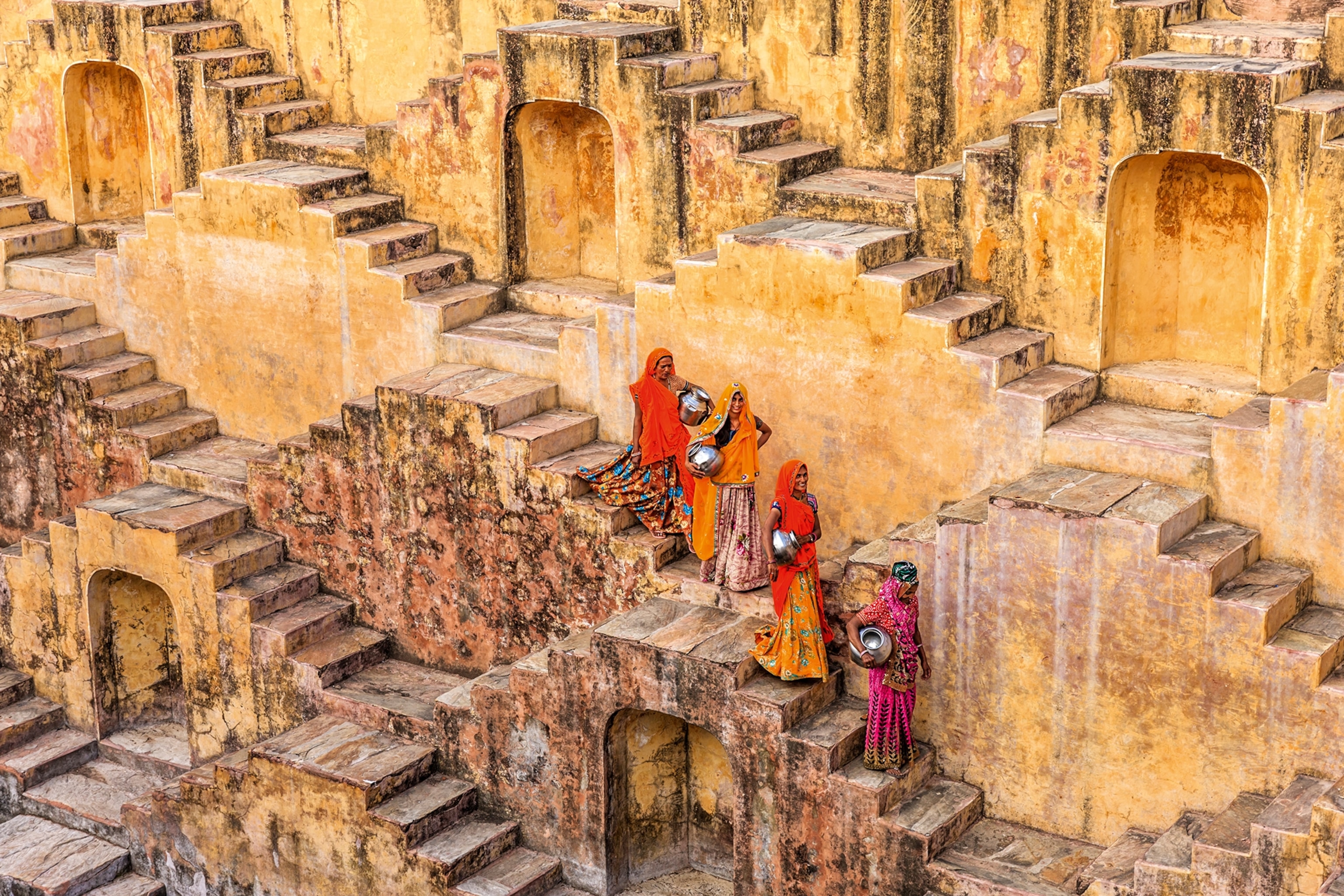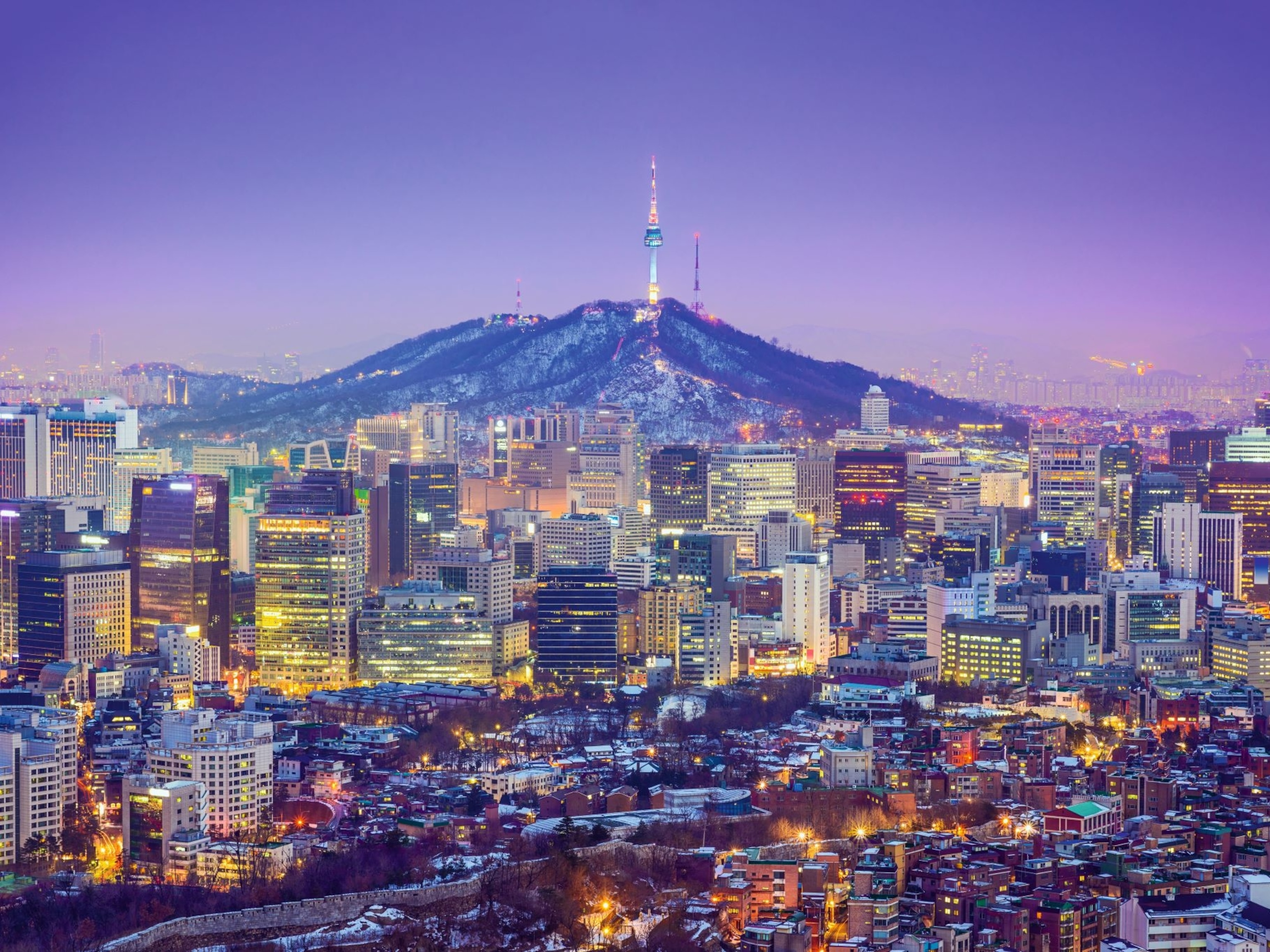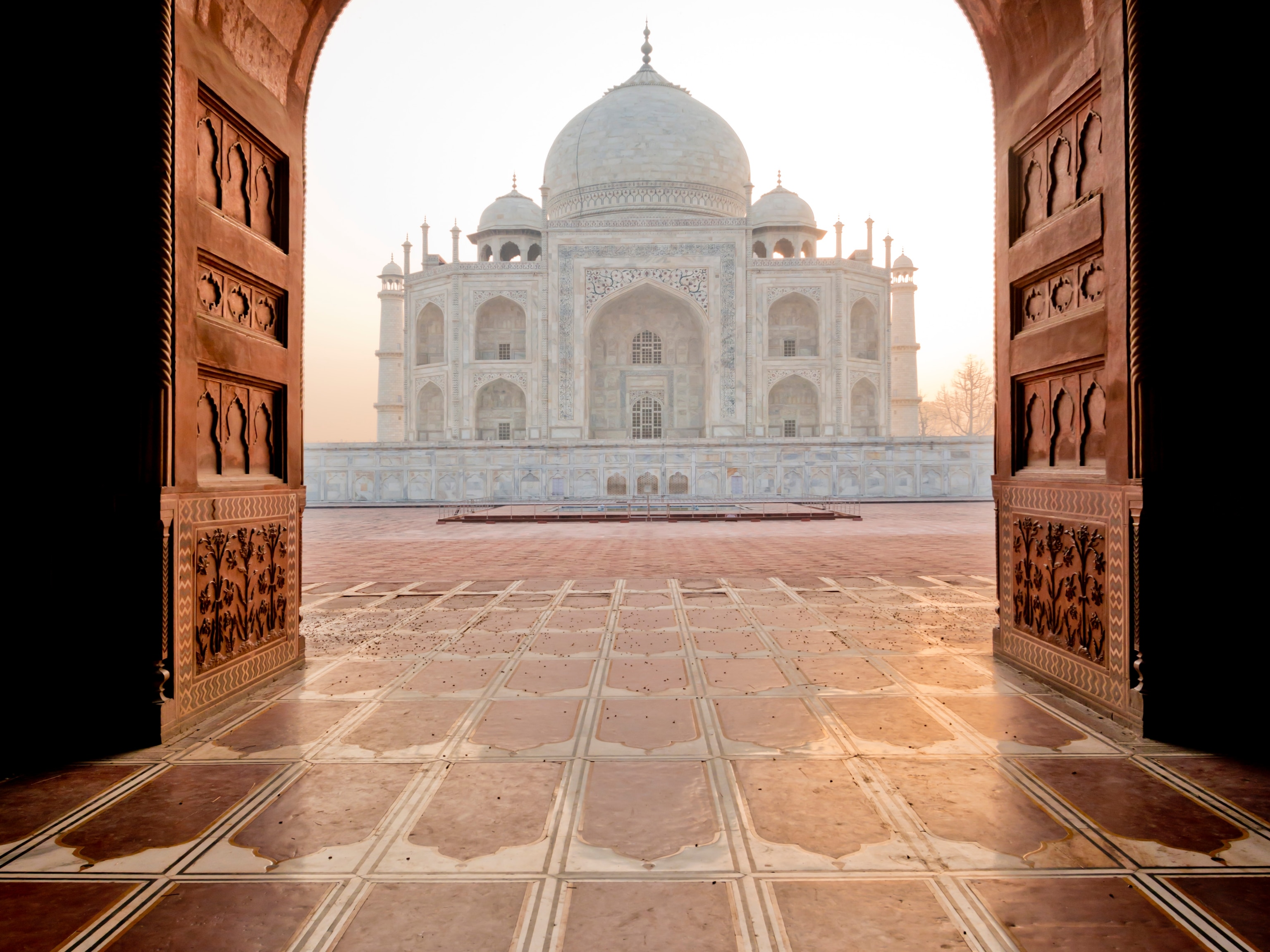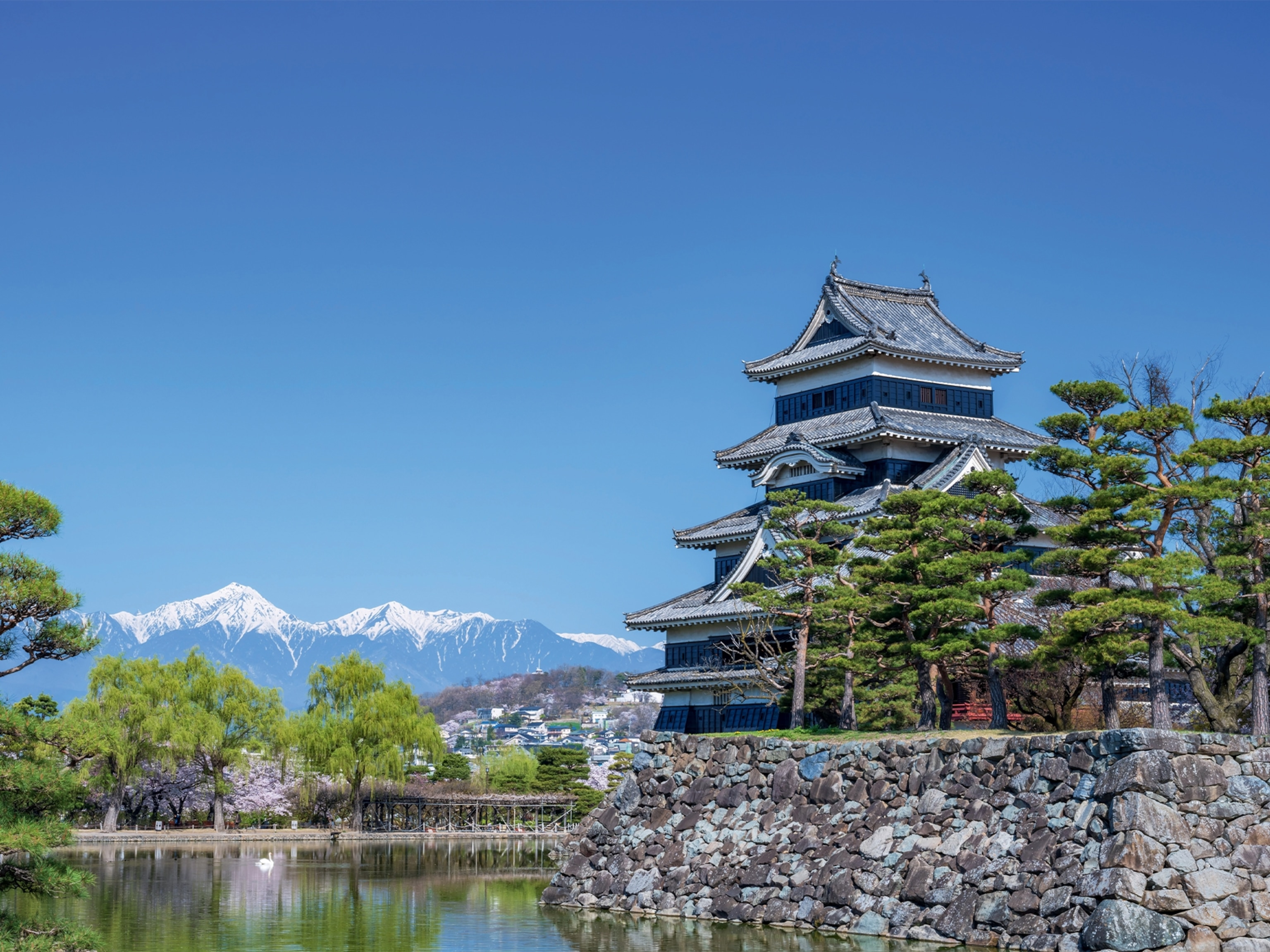A practical guide to exploring India's Golden Triangle
Here's how to make the most of a visit to the region, with advice on everything from language barriers to how to safely enjoy street food.

Set aside at least two weeks and you can dive headfirst into the Golden Triangle — connecting the cities of Delhi, Agra and Jaipur — for a crash course in Indian culture. From how to plan your trip to local cultural practices, here’s what to expect.
How far in advance should I book my trip?
It’s recommended to book three to six months in advance to secure better deals. Safari bookings should also be made early to ensure availability. While online booking is an option, in-person document verification on the day of the safari can be time-consuming. Hiring an agent to manage the entire process is a convenient alternative and typically requires sharing a copy of your passport.
When should I go?
India’s diverse topography means travellers can expect varying climates across the country. The north especially has hot, arid summers and cold winters. For the Golden Triangle circuit, the ideal time is from mid-September, just after the monsoon, until April when temperatures can grow fierce. Days are generally warm, but nights can be chilly, with temperatures in Delhi sometimes dipping as low as 7C. November and February are considered peak travel months, coinciding with the best weather and wedding season, so expect crowds and higher prices, particularly for hotels.
India’s festivals, based on the lunar calendar, vary, but witnessing Diwali’s lights and fireworks (October to November), the Pushkar Mela fair (October to November) or the colours of Holi (March) are musts. For wildlife enthusiasts, April and May offer the best chances of spotting big cats.
What should I know about traditions around eating with hands and safe street-food practices in India?
Eating with hands is a custom rooted in ayurveda, believed to enhance mindfulness and digestion. The right hand is typically used, as the left is considered unclean in many traditions. Care is taken to scoop food with the fingers, using the thumb to push it into the mouth while keeping the palm clean. To enjoy street food safely, stick to popular stalls with high turnover, opt for freshly cooked items, avoid uncooked ingredients and be cautious of water sources by choosing boiled or bottled drinks. Observing the hygiene practices of vendors also helps ensure a safe, authentic street-food experience.

Am I likely to encounter significant language barriers?
India has 22 official languages recognised by the government, with Hindi and English being the most widely spoken. While English fluency in rural areas may be limited, it’s usually sufficient for basic communication. Most tour guides are multilingual, often speaking one or more foreign languages such as Italian, German, Spanish or French. Having a language translation app can also be helpful.
Are there any cultural sensitivities I should be aware of?
It’s important to dress modestly, especially at religious sites, and respect customs like removing shoes and covering your head, legs and shoulders when required. Bargaining is common in markets, but always be polite. Tipping is customary in restaurants, hotels and for services, but amounts can vary — usually 5-10% in restaurants, or small change for porters and drivers. Littering is an issue in many parts of India, but travellers should avoid contributing to the problem. Always use dustbins and dispose of waste responsibly. Seek permission before photographing people, particularly women, or sacred places. Some religious sites and military areas strictly prohibit photography.
Where can I get local currency?
ATMs and money-exchange counters (commonly accepting US dollars, euros and pounds) are ubiquitous in major cities and are the best way to obtain Indian rupees. While most of India has embraced digital payments and international credit and debit cards are both widely accepted, it’s essential to carry cash when visiting small shops, local bazaars or more rural areas.
How to do it
Airlines including British Airways and Air India offer daily direct flights from Heathrow to Delhi’s Indira Gandhi International Airport. There are regular flights between other UK and Indian cities, but they typically involve at least one layover at a major airport. Average flight time: 9h.
India’s domestic flights offer quick connections between cities, while the extensive railway network provides safe and varied travel options, including overnight journeys. Intercity buses are an affordable alternative, with sleeper services for longer routes. Renting a car is the most convenient option, and hiring a driver is recommended due to variable road conditions and traffic rules. In cities, public transport includes buses, trains, metros, taxis, auto-rickshaws and rideshare apps like Uber and Ola.
Wild Frontiers offers a 14-day Classic Rajasthan tour, travelling from Delhi to Udaipur via Agra, Ranthambore and more, from £3,850 per person, including transfers and meals, but not flights. wildfrontierstravel.com
More info:
India, Uttar Pradesh & Rajasthan
The Rough Guide to India. £20.99
To subscribe to National Geographic Traveller (UK) magazine click here. (Available in select countries only).





